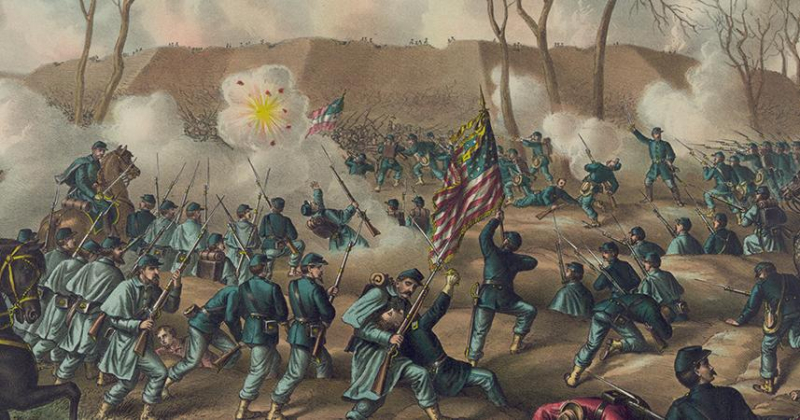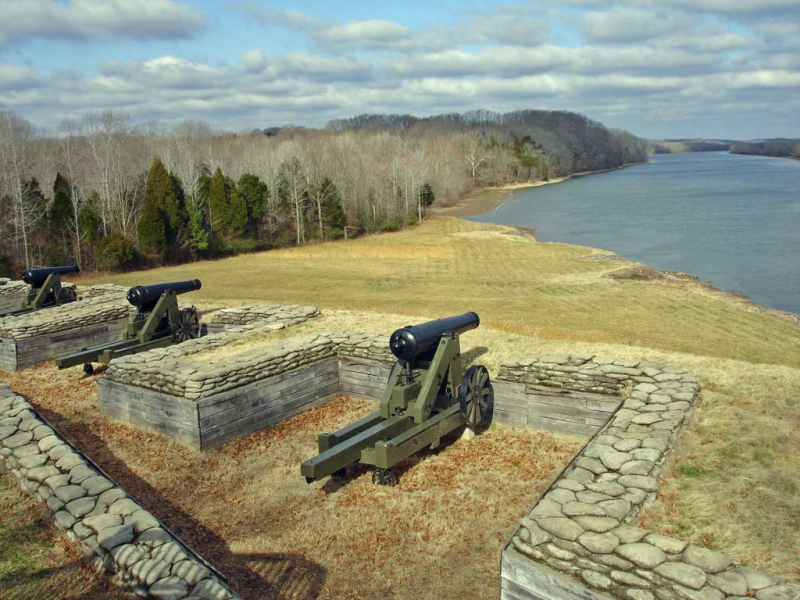Fort Donelson
Control of the main rivers would be essential for victory in the Western Theater, Union leaders knew early in the conflict. Gen Ulysses S. Grant’s moved 12 miles across the country to take Fort Donelson on the Cumberland River on February 6, 1862, after taking Fort Henry on the Tennessee River. By the 13th of February, Grant had surrounded the fort with roughly 25,000 troops and launched several minor raids to test its defenses. Confederate commander Brig. Gen. John B. Floyd oversaw a garrison of three divisions totaling over 16,000 troops and cavalry inside and outside the fort. On February 14, Union Navy gunboats attempted to weaken the fort but were repulsed by more powerful Confederate guns. The Confederates launched a surprise assault on Grant's lines' right flank the following morning. Despite some success, Grant launched a counterattack in the late afternoon, and Floyd gave the order for his soldiers to retreat within the fort.
Floyd and a few other top officers left the fort on February 16, handing over control to Grant's old ally Gen. Simon Bolivar Buckner. Later that day, Buckner grudgingly gave his old friend unconditional control of the remaining garrison. Major triumphs for Grant included the conquest of Forts Henry and Donelson. They allowed Union forces to proceed along the Tennessee and Cumberland Rivers in Tennessee. As a result of his triumph, Grant was promoted to major general and rose to prominence in the Western Theater, receiving the nickname "Unconditional Surrender."
Time: February 11, 1862 – February 16, 1862
Place: Tennessee River












